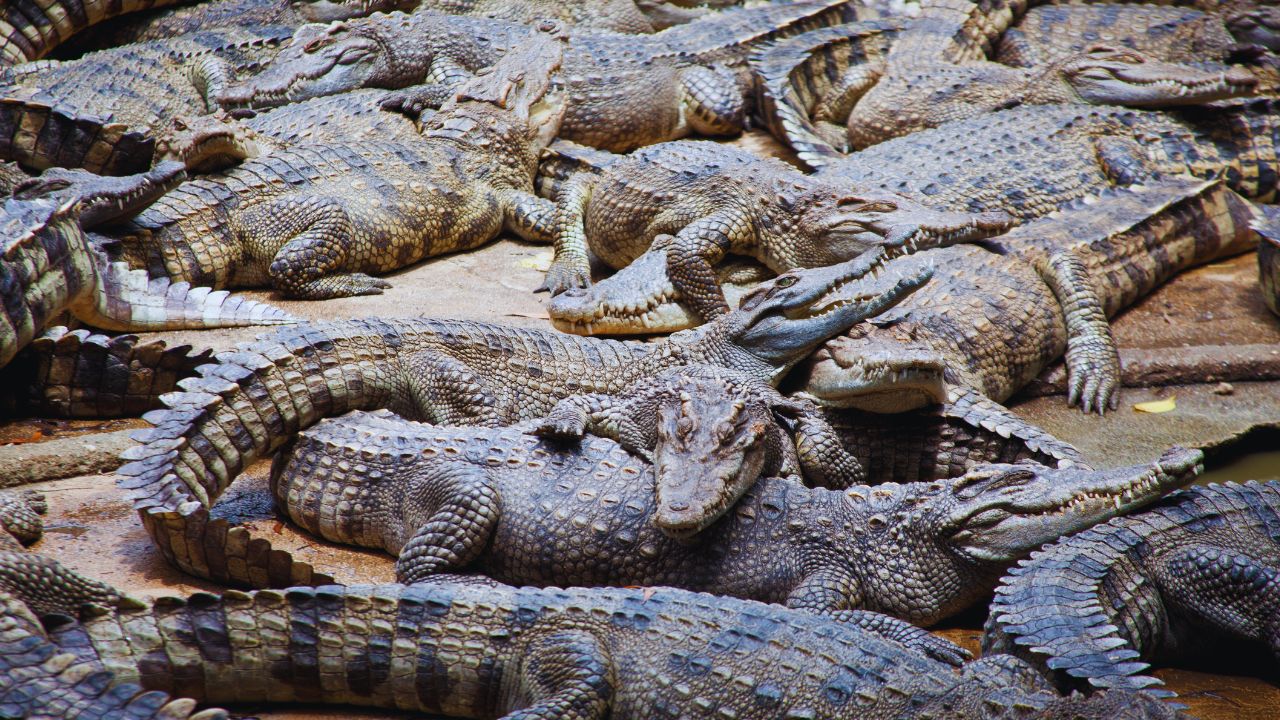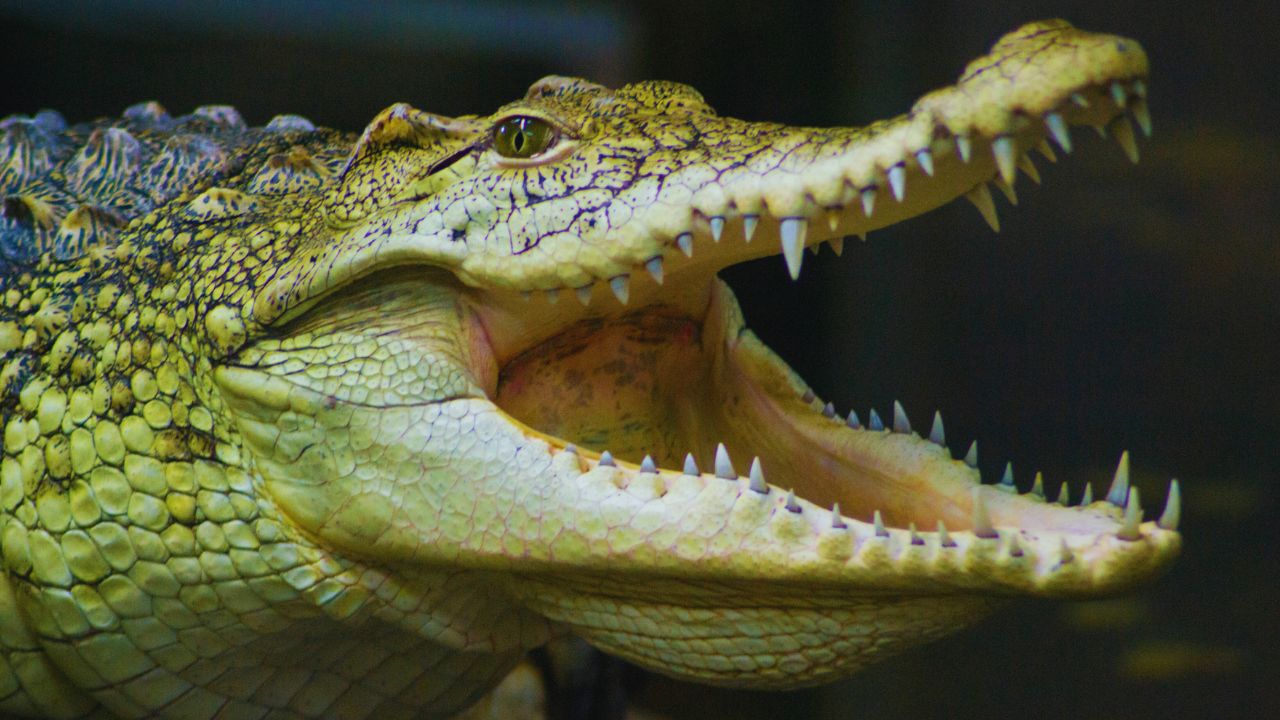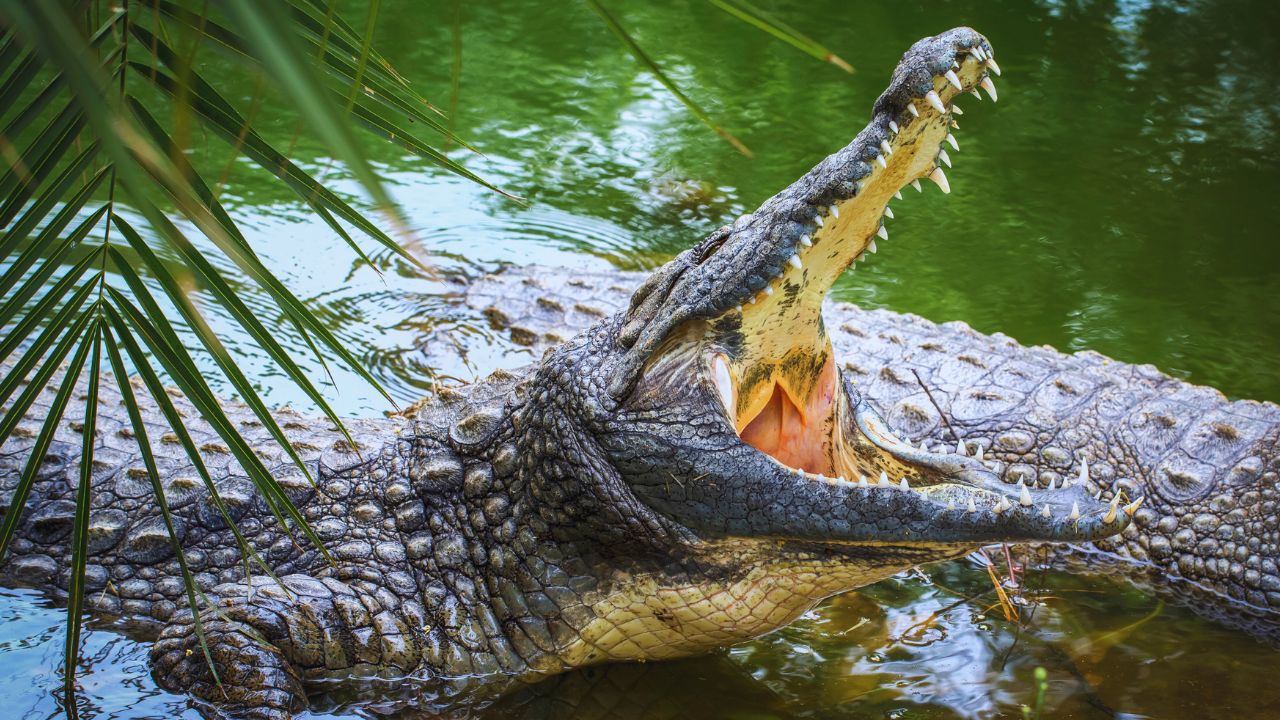Alligators are among the biggest reptiles in the world and are intriguing animals native to China and the southern United States. These powerful reptiles have unique qualities that distinguish them from their near cousins, the crocodiles, with which they are sometimes mistaken. Alligators have a wider, U-shaped snout, but crocodiles usually have a V-shaped, pointed snout. These are the only minor but noticeable variations between the two. With millions of years of existence, these reptiles have a wealth of fascinating information that many people may not be aware of. For example, did you know that alligators are related to dinosaurs in the distant past and had two eyelids? You’ll be astounded by the further, lesser-known, and amazing facts about alligators that this article explores.

General Characteristics of Alligators
| Characteristic | Description |
|---|---|
| Size | Among the largest reptiles in the world, they are native to the southern US and China. |
| Snout Shape | U-shaped, broad snouts distinguish them from crocodiles with V-shaped snouts. |
| Behavior | Generally shy and reclusive, avoid human contact unless threatened. |
| Habitat | Prefer freshwater habitats; avoid saltwater due to a lack of salt glands. |
| Thermoregulation | Lack sweat glands; regulate body temperature by opening mouths or seeking shade/sun. |
| Vocalization | Highly vocal during mating season; make bellows without vocal cords. |
| Diet | Carnivorous, with a strong bite force of 2,980 PSI, used to hold prey rather than attack. |
| Climbing Ability | Capable of climbing trees and fences; use claws and legs for climbing. |
| Blood Composition | Contains natural antibiotics, aiding in long lifespans and resilience against infections. |
| Tears | Shed tears to clean and moisturize the eyes, especially while eating. |
| Reproduction | The gender of hatchlings is determined by nest temperature; females outnumber males. |
1. Astonishingly reserved giants
Although their enormous size and intimidating reputation may suggest otherwise, alligators are really timid creatures. In contrast to their more combative kin, crocodiles, alligators shy away from human interaction. They are not compelled to pursue or assault someone unless they perceive danger or are provoked. An alligator is a relatively solitary animal that would usually flee if it detected a person approaching.
People are often surprised to learn this, particularly when they hear tales of alligator attacks. It’s critical to realize that these occurrences are often the consequence of the alligator being provoked or defending itself, as opposed to an unjustified act of violence.

2. Firm Bite with a Light Handle
The American alligator, which ranks only after the great white shark, saltwater crocodile, and Nile crocodile, has one of the strongest bites in the animal world. The alligator’s biting power, which can easily break bones, is recorded at an incredible 2,980 PSI (pounds per square inch). This puts the American alligator up there with species like hippopotamus, jaguar, gorilla, polar bear, spotted hyena, and grizzly bear on the list of animals with the strongest bites.
Alligators have relatively weak muscles for opening their mouths, despite their tremendous biting force. They are better at gripping onto their prey than they are at attacking with their jaws open because of their unusual mix of a powerful bite and weak jaw-opening muscles.
3. No Glands of Sweat and Salt
Because they lack sweat glands, alligators are unable to control their body temperature internally. Alligators are unable to sweat, so they must depend on other ways to stay cool, including opening their jaws wide and panting like dogs or swimming in the water. They also look for places to hide from the heat when it’s too hot outside or to warm themselves in the sun.

It’s interesting to note that alligators are seldom seen in salty habitats since they also lack salt glands. Their primary habitats are freshwater areas such as marshes, rivers, and lakes, yet they may briefly survive in brackish water.
4. Determining Gender Based on Temperature
The temperature of the nest where the eggs are incubated determines the gender of the newborn alligators, also known as hatchlings. Because of this amazing event, the temperature during incubation has a significant impact on the gender of the hatchlings. Temperatures over 91.4 degrees Fahrenheit that incubate eggs have a higher chance of producing male hatchlings, whereas temperatures below 82.4 degrees Fahrenheit will create female hatchlings.
An equitable distribution of male and female hatchlings is more likely when the temperature is approximately 87.8 degrees Fahrenheit. Hatchlings often have a female-to-male ratio of around 5 to 1, which is advantageous since hatchling mortality is high owing to environmental conditions and predators. Only 2 to 14 of the 50 eggs that a female alligator may deposit in a clutch can hatch into maturity. Despite these obstacles, the quantity of female hatchlings contributes to the species’ survival.
5. Reptiles that Can Sing but Lack Vocal Cords
Among non-avian reptiles, alligators are among the most noisy, emitting a range of noises such as growls, grunts, and hisses. Alligators are known to produce loud grunts known as bellows during their mating season, which usually takes place in May and June. Amazingly, they do this without using their voice chords. These bellows’ function is still relatively unknown; however, some experts think it’s to establish territory or attract potential mates.

Alligators are able to vocalize and exhale air using their bellows, both above and below the water’s surface. One of the most important aspects of their social activity, particularly during the breeding season, is their capacity to communicate via these noises.
6. Capability to Climb
Alligators are skilled climbers as well as swimmers, unlike what the general public believes. Despite the common misconception that alligators can’t climb trees because of their large, bulky bodies and short legs, these reptiles can really climb trees. To climb trees, they make use of their powerful legs and claws, which are designed for swimming and climbing.
Alligators, however, usually only scale trees that are strong enough to hold their body weight. Alligators‘ astonishing agility has been shown by the fact that they have sometimes even been seen scaling fences.
Though some ideas imply that it may be connected to thermoregulation, the exact cause of this climbing tendency is unknown. Alligators may be climbing trees to get better views so they may enjoy the sun or cool down in the shade.
7. The Blood of Alligators Has Antibiotic Properties
The fact that alligators’ blood contains antibiotics is among their most fascinating characteristics. Scientists have found that the natural antibiotics found in alligator blood probably play a part in the reptiles’ lengthy life spans and immunity to disease. Because of these medicines, alligators are able to fight off infections and viruses, which makes them very tough animals.

The scientific world is paying close attention to this finding as researchers look into the possible uses of these natural antibiotics in the creation of novel medicines for illnesses in humans. Alligators do not show the usual indications of aging that other animals do; instead, they continue to develop throughout their lifetimes, which might possibly be explained by the presence of these antibiotics. Alligators are in fact often referred to be “biologically immortal” due to the fact that they do not age out and instead get bigger every year. Muja, the oldest known alligator, is said to be more than 85 years old.
8. The Real Story Behind Alligator Tears
The term “crocodile tears” is often used to characterize phony or inconsistent emotional outbursts. This proverb comes from the observation that alligators and crocodiles do cry, but not because they are upset. Tears are secreted by these reptiles to keep their eyes clean and lubricated, especially when feeding.
While they feast on their meal, the tears have the useful function of keeping their eyes moist and clearing away dirt. Even though the expression originated from these tears, the tears do not represent the alligator’s emotional reaction.
9. The Chinese Alligator in Peril
The American alligator (Alligator mississippiensis) and the Chinese alligator (Alligator sinensis) are the two species of alligators that are still in existence. The International Union for Conservation of Nature (IUCN) has categorized American alligators as “least concern” after considerable recovery efforts led to its listing as an endangered species.
The Chinese alligator, on the other hand, is still in grave danger. The loss of habitat, habitat fragmentation, and human encroachment have all contributed to the species’ sharp population reduction. One of the rarest reptiles on earth, it is thought that there are now less than 120 Chinese alligators living in the wild.

Though conservation and protection efforts are in progress, the fate of the surviving Chinese alligator population is still unknown. The circumstance is a sobering reminder of the effects that human activity may have on animals that are susceptible to harm.
10. Alone with Nature
Although alligators are formally referred to be “congregations,” most of these reptiles are solitary individuals. Adult alligators are very protective of their territory and prefer to live alone, in contrast to crocodiles, who may congregate in groups known as “basks.” Male alligators of large size tend to be lonesome and are unlikely to put up with other males in their area.
Smaller and younger alligators, on the other hand, get along well with one another and may be observed coexisting. The congregations that are sometimes seen in the wild are made up of these younger alligators.
Alligators are amazing animals with a wide range of unusual and fascinating traits. Scientists and nature lovers alike are still fascinated by alligators because of their strong bite, timid demeanor, capacity to scale trees, and blood that is rich in antibiotics. Gaining knowledge about these amazing reptiles makes us appreciate them even more and emphasizes how crucial it is to carry out conservation activities in order to preserve them and their habitats for coming generations.

Conservation Status and Species Information
| Aspect | American Alligator | Chinese Alligator |
|---|---|---|
| Scientific Name | Alligator mississippiensis | Alligator sinensis |
| Population Status | Classified as “least concern” due to successful conservation efforts. | Critically endangered with fewer than 120 individuals left in the wild. |
| Habitat Preference | Prefers freshwater habitats like swamps, rivers, and lakes. | Primarily found in freshwater habitats; habitat loss is a significant threat. |
| Conservation Efforts | Once endangered, now recovered through effective conservation programs. | Ongoing efforts to protect the remaining population, but the species remains at risk of extinction. |
| Longevity | Known to live long lives, with the oldest recorded individual (Muja) being over 85 years old. | Lifespan is uncertain due to the critically low population and lack of comprehensive studies. |
| Physical Characteristics | Larger in size with a robust, U-shaped snout. | Smaller in size with a narrower snout; adapted to a specific range in Eastern China. |
| Reproductive Traits | Females lay up to 50 eggs per clutch, with hatchling gender determined by nest temperature. | Similar reproductive behavior, but survival rates are low due to environmental challenges. |
| Behavioral Traits | Generally solitary and territorial, particularly the adult males. | Similar solitary behavior, though less is known due to their rare and endangered status. |





